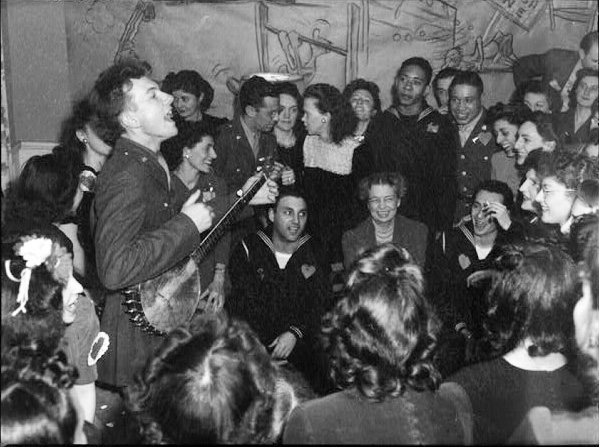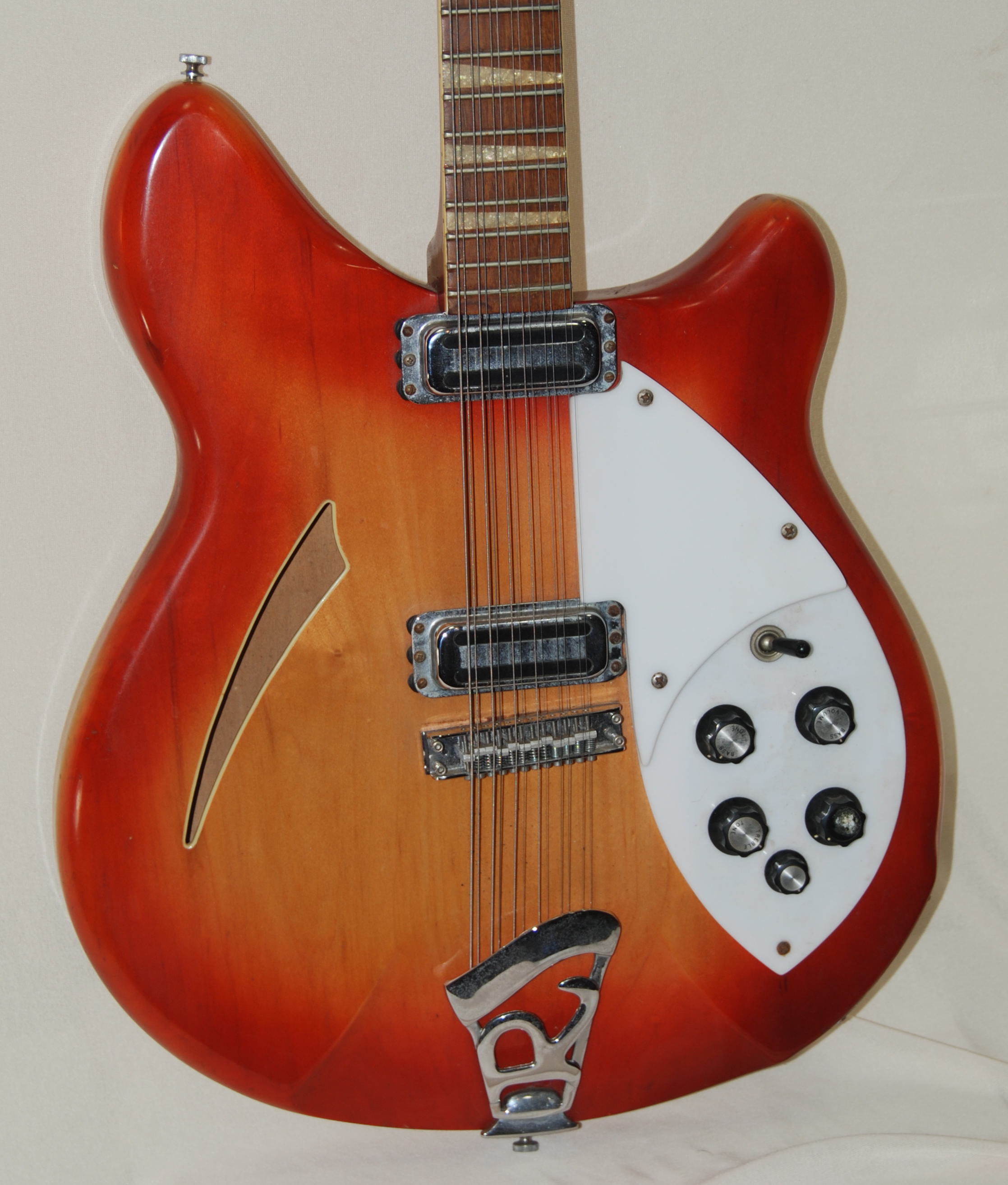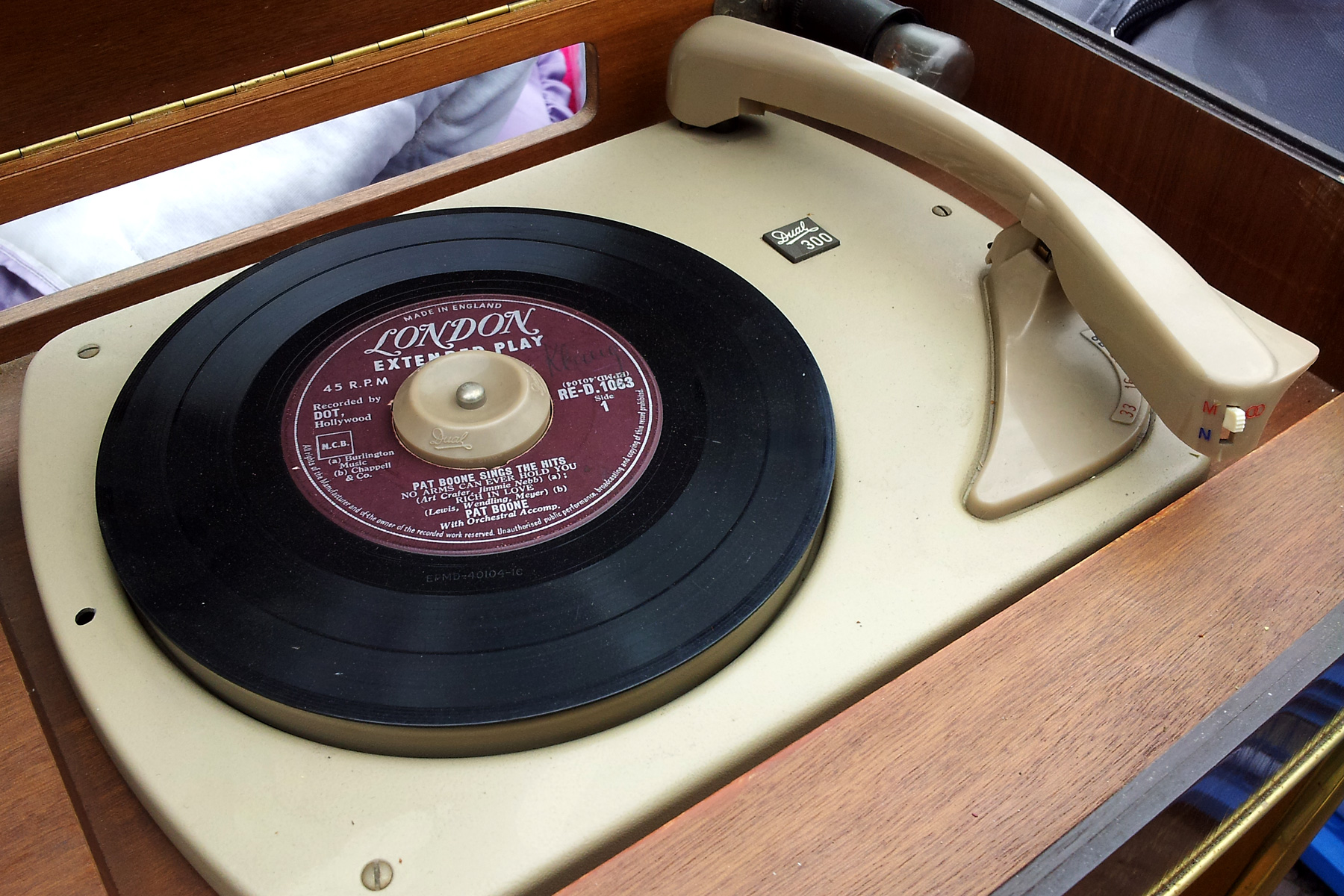|
Cultural Impact Of The Beatles
The English rock band the Beatles, comprising John Lennon, Paul McCartney, George Harrison and Ringo Starr, are commonly regarded as the foremost and most influential band in popular music history. They sparked the "Beatlemania" phenomenon in 1963, gained international superstardom in 1964, and remained active until their break-up of the Beatles, break-up in 1970. Over the latter half of the decade, they were often viewed as orchestrators of society's developments. Their recognition concerns their effect on the Baby boomers, era's youth and counterculture of the 1960s, counterculture, British national identity, British identity, popular music's Art music#Popular music, evolution into an art form, and their unprecedented following. Many cultural movements of the 1960s were assisted or inspired by the Beatles. In Britain, their rise to prominence signalled the youth-driven changes in postwar society, with respect to social mobility, teenagers' commercial influence, and informality ... [...More Info...] [...Related Items...] OR: [Wikipedia] [Google] [Baidu] |
Beatlemania
Beatlemania was the fanaticism surrounding the English rock band the Beatles from 1963 to 1966. The group's popularity grew in the United Kingdom in late 1963, propelled by the singles " Please Please Me", "From Me to You" and " She Loves You". By October, the British press adopted the term "Beatlemania" to describe the scenes of adulation that attended the band's concert performances. By 22 February 1964, the Beatles held both the number one and number two spots on the ''Billboard'' Hot 100, with "I Want to Hold Your Hand" and "She Loves You", respectively. In February 1964, the Beatles arrived in the United States and their televised performances on ''The Ed Sullivan Show'' were viewed by approximately 73 million people. There, the band's instant popularity established their international stature, and their unprecedented domination of the national sales charts was mirrored in numerous other countries. Their August 1965 concert at New York's Shea Stadium marked the first ... [...More Info...] [...Related Items...] OR: [Wikipedia] [Google] [Baidu] |
More Popular Than Jesus
"More popular than Jesus" is part of a remark made by John Lennon of the Beatles in a March 1966 interview, in which he claimed that the public were more infatuated with the band than with Jesus Christ, and that Christian faith was declining to the extent that it might be outlasted by rock music. His opinions drew no controversy when originally published in the London newspaper ''Evening Standard'', but drew angry reactions from Christian communities when republished in the United States that July. Lennon's comments incited protests and threats, particularly throughout the Bible Belt in the Southern United States. Some radio stations stopped playing Beatles songs, records were publicly burned, press conferences were cancelled, and the Ku Klux Klan picketed concerts. The controversy coincided with the band's The Beatles' 1966 US tour, 1966 US tour and overshadowed press coverage of their newest album ''Revolver (Beatles album), Revolver''. Lennon apologised at a series of press ... [...More Info...] [...Related Items...] OR: [Wikipedia] [Google] [Baidu] |
Power Pop
Power pop (also typeset as powerpop) is a subgenre of rock music and form of pop rock based on the early music of bands such as the Who, the Beatles, the Beach Boys, and the Byrds. It typically incorporates melodic hooks, vocal harmonies, an energetic performance, and cheerful-sounding music underpinned by a sense of yearning, longing, despair, or self-empowerment. The sound is primarily rooted in pop and rock traditions of the early-to-mid 1960s, although some artists have occasionally drawn from later styles such as punk, new wave, glam rock, pub rock, college rock, and neo-psychedelia. Originating in the 1960s, power pop developed mainly among American musicians who came of age during the British Invasion. Many of these young musicians wished to retain the "teenage innocence" of pop and rebelled against newer forms of rock music that were thought to be pretentious and inaccessible. The term was coined in 1967 by the Who guitarist and songwriter Pete Townshend ... [...More Info...] [...Related Items...] OR: [Wikipedia] [Google] [Baidu] |
Folk Rock
Folk rock is a fusion genre of rock music with heavy influences from pop, English and American folk music. It arose in the United States, Canada, and the United Kingdom in the mid-1960s. In the U.S., folk rock emerged from the folk music revival. Performers such as Bob Dylan and the Byrds—several of whose members had earlier played in folk ensembles—attempted to blend the sounds of rock with their pre-existing folk repertoire, adopting the use of electric instrumentation and drums in a way previously discouraged in the U.S. folk community. The term "folk rock" was initially used in the U.S. music press in June 1965 to describe the Byrds' music. The commercial success of the Byrds' cover version of Dylan's " Mr. Tambourine Man" and their debut album of the same name, along with Dylan's own recordings with rock instrumentation—on the albums '' Bringing It All Back Home'' (1965), '' Highway 61 Revisited'' (1965), and '' Blonde on Blonde'' (1966)—encouraged other folk ... [...More Info...] [...Related Items...] OR: [Wikipedia] [Google] [Baidu] |
Jangle
Jangle or jingle-jangle is a sound typically characterized by undistorted, treble-heavy electric guitars (particularly 12-strings) played in a droning chordal style (by strumming or arpeggiating). The sound is mainly associated with pop music as well as 1960s guitar bands, folk rock, and 1980s indie music. It is sometimes classed as its own subgenre, jangle pop. Music critics use the term to suggest guitar pop that evokes a bright mood. Despite forerunners such as Jackie DeShannon, the Searchers and the Everly Brothers, the Beatles and the Byrds are more commonly credited with launching the popularity of jangle. The name derives from the lyric "in the jingle-jangle morning, I'll come following you" from the Byrds' 1965 rendition of Bob Dylan's " Mr. Tambourine Man". Although many subsequent jangle bands drew significantly from the Byrds, they were not necessarily folk rock as the Byrds were. Since the 1960s, jangle has crossed numerous genres, including power pop, psych ... [...More Info...] [...Related Items...] OR: [Wikipedia] [Google] [Baidu] |
Music Video
A music video is a video that integrates a song or an album with imagery that is produced for promotion (marketing), promotional or musical artistic purposes. Modern music videos are primarily made and used as a music marketing device intended to promote the sale of music recordings. These videos are typically shown on music television and on streaming video sites like YouTube, or more rarely shown theatrically. They can be commercially issued on home video, either as video albums or video singles. The format has been described by various terms including "illustrated song", "filmed insert", "promotional (promo) film", "promotional clip", "promotional video", "song video", "song clip", "film clip", "video clip", or simply "video". While musical short, musical short films were popular as soon as recorded sound was introduced to theatrical film screenings in the 1920s, the music video rose to prominence in the 1980s when American TV channel MTV based its format around the medium. Mus ... [...More Info...] [...Related Items...] OR: [Wikipedia] [Google] [Baidu] |
Record Sleeve
A record sleeve is the outer covering of a vinyl record. Alternative terms are ''dust sleeve'', ''album liner'' and ''liner''. The term is also used to denominate the outermost cardboard covering of a record, i.e. the ''record jacket'' or ''album jacket''. The record jacket is extensively used to Cover art, design and market a recording, as well as to additionally display general information on the record as artist name, titles list, title length etc. if no opening presents a readable record label, label. The terms liner notes, ''sleeve notes'' are used to refer to this label, jacket information. Sleeves were originally printed on simple cardboard. British manufacturers Garrod and Lofthouse patented a "wrap around" sleeve design commonly seen on LPs in the 1960s. See also *Album cover *Cover art *Sleeveface References Packaging Recorded music Record collecting {{music-stub ... [...More Info...] [...Related Items...] OR: [Wikipedia] [Google] [Baidu] |
Psychedelic Drug
Psychedelics are a subclass of hallucinogenic drugs whose primary effect is to trigger non-ordinary mental states (known as psychedelic experiences or "trips") and a perceived "expansion of consciousness". Also referred to as classic hallucinogens or serotonergic hallucinogens, the term ''psychedelic'' is sometimes used more broadly to include various other types of hallucinogens as well, such as those which are atypical or adjacent to psychedelia like salvia and MDMA, respectively. Classic psychedelics generally cause specific psychological, visual, and auditory changes, and oftentimes a substantially altered state of consciousness. They have had the largest influence on science and culture, and include mescaline, LSD, psilocybin, and DMT. There are a large number of both naturally occurring and synthetic serotonergic psychedelics. Most psychedelic drugs fall into one of the three families of chemical compounds: tryptamines, phenethylamines, or lysergamides. T ... [...More Info...] [...Related Items...] OR: [Wikipedia] [Google] [Baidu] |
Single (music)
In Music industry, music, a single is a type of Art release#Music, release of a song Sound recording, recording of fewer tracks than an album (LP record, LP), typically one or two tracks. A single can be released for record sales, sale to the public in a variety of physical or digital formats. Singles may be standalone tracks or connected to an artist's album, and in the latter case would often have at least one single release before the album itself, called lead singles. The single was defined in the mid-20th century with the ''45'' (named after its speed in revolutions per minute), a type of 7-inch sized vinyl records, vinyl record containing an A-side and B-side, A-side and a B-side, i.e. one song on each side. The single format was highly influential in pop music and the early days of rock and roll, and it was the format used for jukeboxes and preferred by younger populations in the 1950s and 1960s. Singles in Digital distribution, digital form became very popular in the ... [...More Info...] [...Related Items...] OR: [Wikipedia] [Google] [Baidu] |
LP Record
The LP (from long playing or long play) is an Analog recording, analog sound storage medium, specifically a phonograph record format characterized by: a speed of revolutions per minute, rpm; a 12- or 10-inch (30- or 25-cm) diameter; use of the "microgroove" groove specification; and a vinyl (a copolymer of vinyl chloride acetate) composition disk. Introduced by Columbia Records in 1948, it was soon adopted as a new standard by the entire US record industry and, apart from a few relatively minor refinements and the important later addition of stereophonic sound in 1957, it remained the standard format for record albums during a period in popular music known as the album era. LP was originally a trademark of Columbia and competed against the smaller 7-inch sized Single (music), "45" or "single" format by RCA Victor, eventually ending up on top. Today in the vinyl revival era, a large majority of records are based on the LP format and hence the LP name continues to be in use ... [...More Info...] [...Related Items...] OR: [Wikipedia] [Google] [Baidu] |
Revolver (Beatles Album)
''Revolver'' is the seventh studio album by the English Rock music, rock band the Beatles. It was released on 5 August 1966, accompanied by the double A-side single "Eleanor Rigby" / "Yellow Submarine (song), Yellow Submarine". The album was the Beatles' final recording project before their retirement as live performers and marked the group's most overt use of studio technology to date, building on the advances of their late 1965 release ''Rubber Soul''. It has since become regarded as one of the greatest and most innovative albums in the history of popular music, with recognition centred on its range of musical styles, diverse sounds and lyrical content. The Beatles recorded ''Revolver'' after taking a three-month break at the start of 1966, and during a period when London was feted as Swinging London, the era's cultural capital. Regarded by some commentators as the start of the group's Psychedelic music, psychedelic period, the songs reflect their interest in the drug Lysergi ... [...More Info...] [...Related Items...] OR: [Wikipedia] [Google] [Baidu] |
Rubber Soul
''Rubber Soul'' is the sixth studio album by the English Rock music, rock band the Beatles. It was released on 3 December 1965 in the United Kingdom on EMI's Parlophone label, accompanied by the non-album double A-side single "We Can Work It Out" / "Day Tripper". The original North American release, issued by Capitol Records, contains ten of the fourteen songs and two tracks withheld from the band's ''Help!'' (1965) album. ''Rubber Soul'' was described as an important artistic achievement by the band, meeting a highly favourable critical response and topping sales charts in Britain and the United States for several weeks. The recording sessions took place in London over a four-week period beginning in October 1965. For the first time in their career, the Beatles were able to record an album free of concert, radio or film commitments. Often referred to as a folk rock album, particularly in its Capitol configuration, ''Rubber Soul'' incorporates a mix of pop music, pop, soul music ... [...More Info...] [...Related Items...] OR: [Wikipedia] [Google] [Baidu] |









